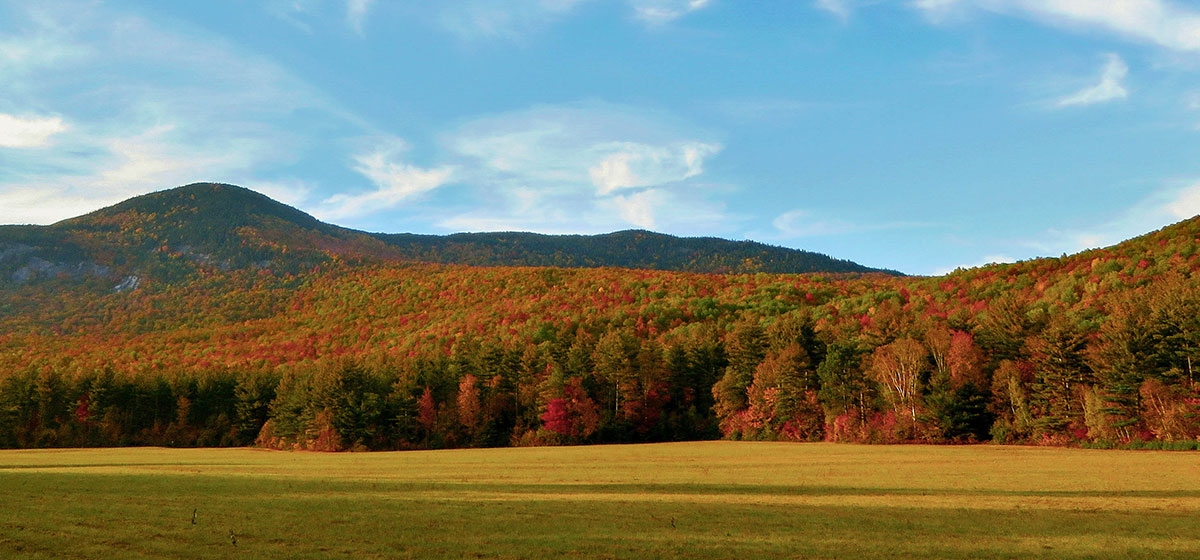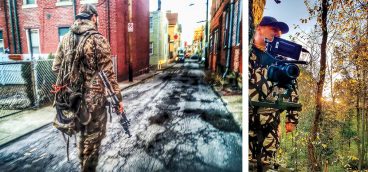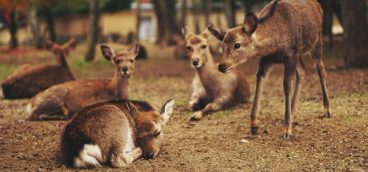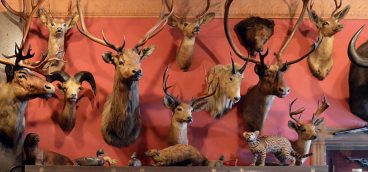The Brush Hog: Thoughts on a Fall Field Cutting

Twice a year, in June and October, I cut the long grass and other species of plants, named derisively as weeds, in my fields. It’s a bit like cutting grass with a huge lawnmower.
I use a Kubota tractor with a twin-bladed brush hog attached. The cutter is about eight feet wide. For most, no more facts about my tractor have value but if speaking to fellow tractor owners, I would report make, model, engine horsepower, along with a listing of the other implements that I attach to the back. These conversations tend to be between males (though I can’t see any reason why females couldn’t relay the same facts), fast-paced, full of numbers and technical terms, meant, I suppose, to impress in some way. It’s sort of a conversation about hand size, as that phrasing has come to be known.
We, that is the tractor and I, make quite a racket as we drive, the tractor engine roaring at 2,400 RPM and the blades whistling behind. My contribution to the sound is periodic singing to my phone’s music set at the highest level on noise cancelling headphones, which incidentally, don’t cancel much tractor noise. It takes about six hours to finish the job, though I split up the sessions. You might think the job sounds like drudgery, but I look forward to it. Sitting on the tractor for an hour or two in the hot sun allows your mind to wander.
I’ll confess some guilt over the process—it’s brutal in many ways when you think about it. As I cut, the life of millions of plants are torn from the ground, and a similar number of insects, particularly grasshoppers, are ejected from their resting places. The grasshoppers’ fate is particularly cruel. The birds on my property quickly learn that my tractor generates an easy meal so they dart back and forth around the tractor and grab the fleeing grasshoppers as I drive through my fields. My wife has taken photos of me on the tractor with the birds circling. I look like some sort of Saint Francis figure. But I don’t think the insects or flora think of me in this way.
In June, the wildflowers are spectacular, with patches of brilliant orange or purple along with the myriad of yellows and whites. I sometimes spare a small section of the field if the flowers are particularly plentiful or brilliant. I wonder if the plants are grateful. A week or so later, I clean up these small patches of plants, now not wildflowers, but weeds again. I’ve wondered if all life has its moments of short-lived beauty, the wildflowers in June, butterflies, the intermittent tail displays of wild turkeys, humans in formal wear for a wedding. I can’t think of rodents ever having a moment of beauty but who knows what beauty is to a field mouse?
As I cut, I often kick up larger animals—rabbits, groundhogs—hidden in the tall grass. During the June cutting, one or two young fawns sprinted away from the tractor. The fawns seem to wait until the last minute to jerk up and frantically run through the long grass, taller than they, to the woods. Since I can’t hear them, I’m sure I’ve missed seeing those who dart away behind me, out of my view. And I’m sure I disturb smaller creatures I can’t see—mice and moles—as I rumble along. Some of them are small enough to stay put and keep low under the blades—it must be terrifying.
This year, I uprooted the smallest fawn I’ve seen yet, so tiny I first I thought it was a rabbit. I was surprised its mother wasn’t nearby. I wondered if she had run the other way, out of my view. I read later that fawns stay apart for most of the day from their mother. I also learned that a third or more don’t live past the first few months. I was finishing that same field a few days later when I saw a pair of still eyes staring up at me from grass I was about to cut. The fawn’s body was hidden—only its head was visible. I turned the tractor abruptly—it remained dead still as I passed. As I made the next passes around the same area a few minutes later, I searched again for animal’s eyes not really wanting to see them. I didn’t find them. I’m sure when I walk the field in late fall, I will remember the animal and search for its bones. Over the years, I found several dead animals in my fields—I remember where each of them last lay.
I love the land I live on. Looking over the fields gives me great peace. I wouldn’t feel the same peace if my property were entirely wooded, and I’m sure I wouldn’t have bought it. I lived in Highland Park for many years and though I loved the neighborhood, when my children were grown, I sought space that was more open—Pittsburgh’s hills, though beautiful in their own way, drove me to get on top of something, to expand my view. My home faces west so I discovered sunsets again from my new vantage point. Of course, they were there all along, just hidden.
Although my wife and I grow a large vegetable garden, most of my fields aren’t “working” in the usual farming sense. So, as I wreak havoc on the flora and fauna in my fields twice a year, it feels selfish and probably is, doing this destructive work for the simple pleasure of doing work and preserving the view to satisfy some human aesthetic.
Other than truly urban dwellers, almost all home owners cut grass. While my machine is necessarily larger than most lawn mowers, the effect of push or riding mowers on the plants and animals is the same, just a smaller scale. It might seem that humans have been cutting lawns for eons, but, of course, that can’t be true. I won’t review the entire history of lawn care here but point out that the early reasons for keeping grass cut low such as not allowing your enemies to hide near your cabin or castle, are for the most part, obsolete. After World War II, the suburbs grew and for the first time, those other than the very wealthy began growing and maintaining large lawns. Each year in the USA, we spread about 70 million pounds of pesticides on our lawns and spill 17 million gallons of gasoline refilling our machines. Of course, you can make any figure large if you include the entire country. Over half of residential water is used for landscaping, and about 200 gallons of water per person per day to keep our grass looking good. These numbers should make us pause, I think.
After each cutting session, my tractor and brush hog are layered with seed. Even the radiator screen under the hood of the engine is covered—if I don’t clean it, the engine will overheat. As I brush the seed from the machine, some of my guilt about the trauma my machine has wreaked on the field is assuaged a bit by the idea that my tractor and I are helping seed the field for its next growth. Though I know each individual seed has a vanishingly small chance of growing into an adult plant, a few, like all of us, will. Such is hope.





